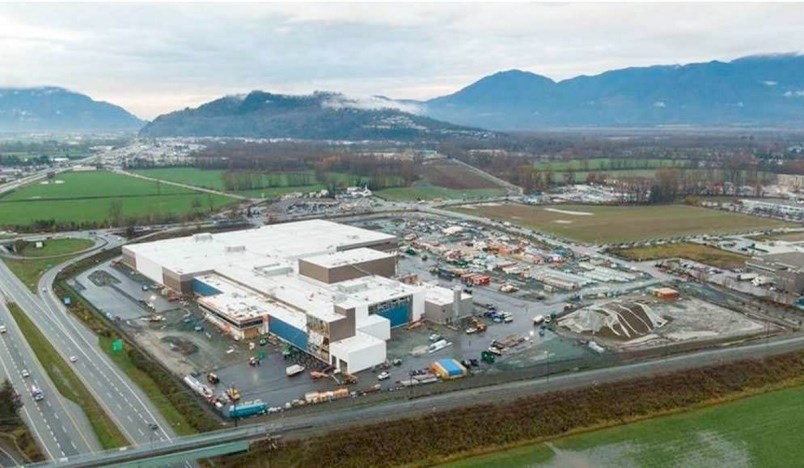There were nods to the purity of the local water when Molson Coors announced in August 2016 that it would build its new brewery on a 36-acre parcel in Chilliwack, epicentre of B.C.’s hops revival. But the local water wasn’t what cinched its decision; it was the land. More than anything else, the new facility – which officially opened on September 17 – is proof positive of the eastward shift in the region’s industrial development.
While the old brewery sat on the shores of False Creek in the heart of one of Vancouver’s long-standing industrial zones, the need to upgrade prompted it to look well beyond the city limits. Affordable, well-located space wasn’t available near the region’s core, and even Abbotsford couldn’t accommodate it. It couldn’t provide a parcel large enough or the transportation linkages the brewer wanted.
The result was a site in Chilliwack, which had managed to secure a special zoning allowing food and beverage processing within the Agricultural Land Reserve. (The zone is also home to Berryhill Foods Inc. and other food processors.)
But with the opening of the new brewery, what’s next for the old site?
CBRE Ltd. broker Chris McCauley, who has the listing for the site, directed queries to Concord Pacific Group, which acquired the site in 2016 for $185 million. Concord’s senior vice-president of planning, Matt Meehan, affirmed the company’s intention to continue operating the property within the scope of its zoning. (While a residential component seems inevitable in any redevelopment, the City of Vancouver has maintained it isn’t interested in rezoning the property.)
These uses could include tenants from the film and technology sectors, as well as what was generally termed “green and sustainable businesses.”
Industrial strength
Avison Young indicates that the eastward shift in industrial demand is likely to continue. It’s most recent report on the Fraser Valley describes it as the “Lower Mainland’s most active industrial market,” with strong activity in 2018 continuing through 2019’s first half. The first six months of this year saw 105 deals worth $185 million, putting 2019 on track to exceed the 2018 tally of 199 deals worth $387 million.
On the leasing front, tenancies are getting larger because the Fraser Valley is the last place offering space at a price they can afford. Even then, strata space is becoming increasingly common as demand exhausts the larger offerings.
Avison Young expects the activity to continue, notwithstanding storm clouds and global uncertainties.
“Commercial construction, strong port cargo volumes and a long list of large public infrastructure projects continue to provide a strong base of support for industrial activity throughout the Fraser Valley and Metro Vancouver,” Avison Young writes.



